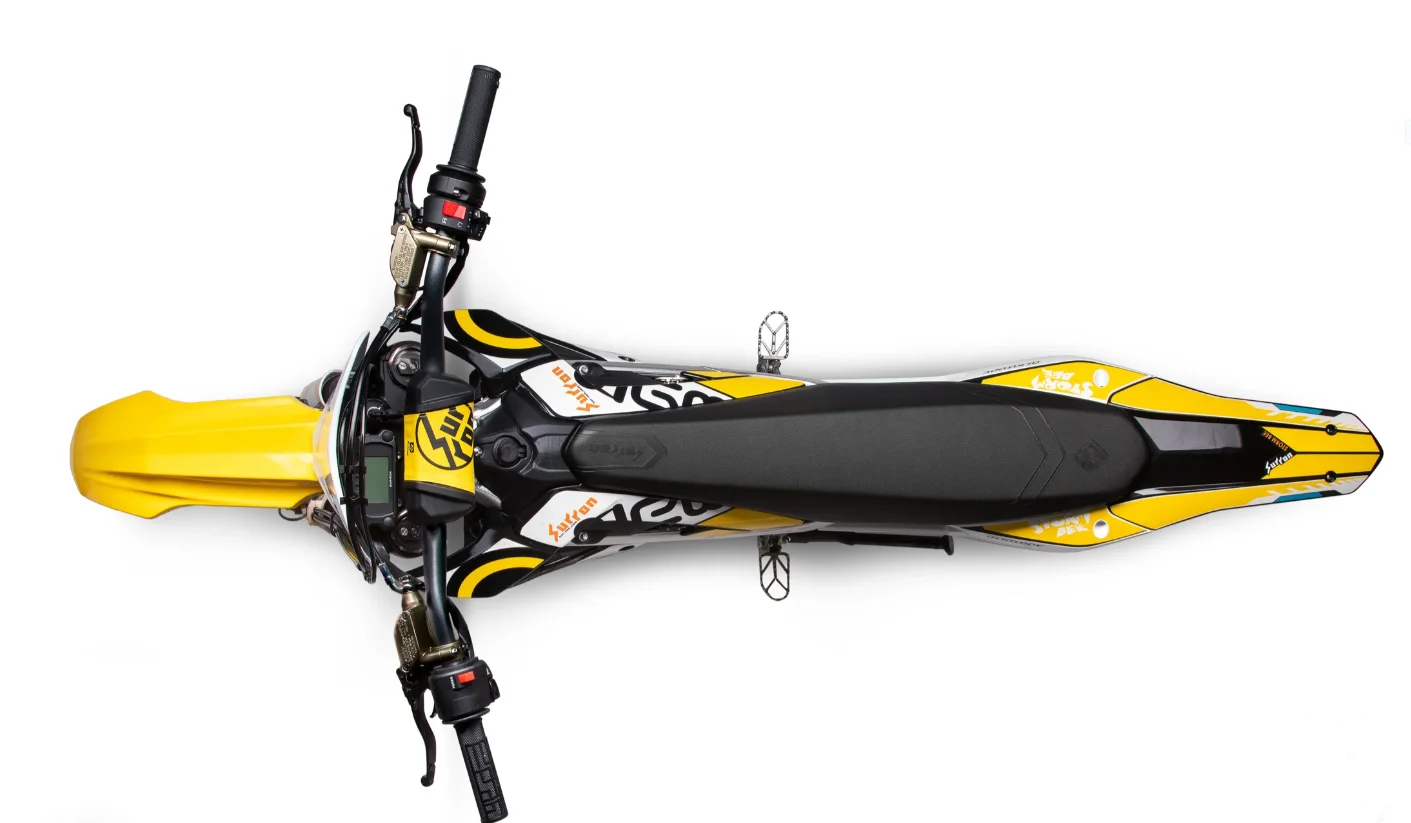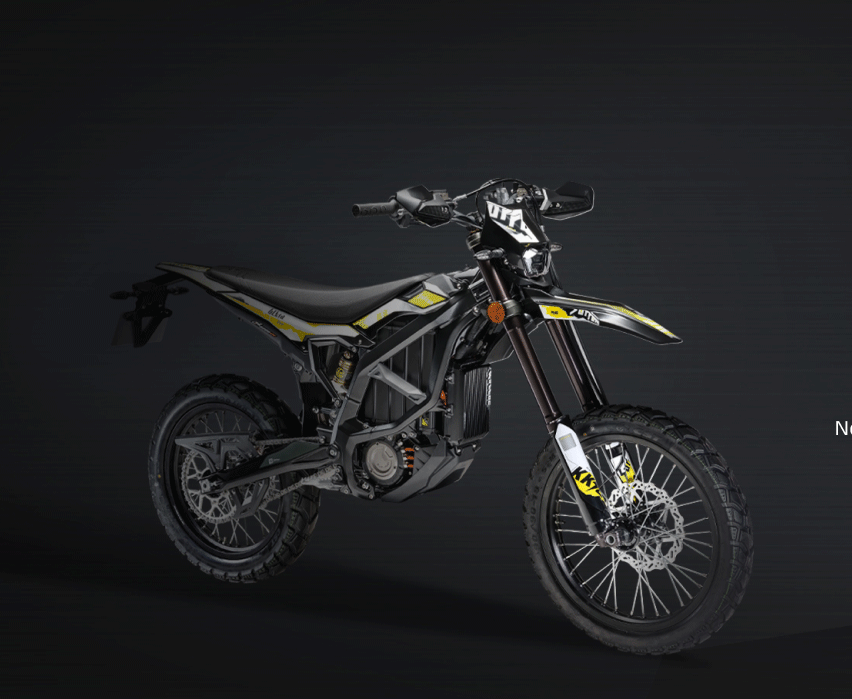Comparing Modern Urban Mobility Solutions
The evolution of personal transportation has brought us to an exciting crossroads where traditional mobility meets innovative technology. As cities become more congested and environmental concerns rise, the choice between an electric tricycle and a scooter has become increasingly relevant for urban commuters. Both options offer unique advantages in terms of sustainability, convenience, and practicality, but their distinct characteristics cater to different needs and preferences.
In recent years, the transportation landscape has witnessed a significant shift toward electric-powered vehicles, with electric tricycles and scooters emerging as popular alternatives to conventional modes of transport. This comprehensive comparison will delve into the various aspects that set these two options apart, helping you make an informed decision based on your specific requirements.
Design and Construction Features
Stability and Balance
Electric tricycles offer superior stability thanks to their three-wheel design, making them particularly appealing to those who may have balance issues or prefer a more secure riding experience. The additional wheel provides enhanced support during starts, stops, and low-speed maneuvers. This inherent stability makes electric tricycles an excellent choice for elderly riders, individuals carrying cargo, or anyone seeking extra confidence while riding.
In contrast, scooters typically feature a two-wheel design that requires more active balance from the rider. While this might initially seem like a disadvantage, many riders appreciate the nimble handling and increased maneuverability that comes with a two-wheel configuration. The learning curve for mastering a scooter is generally steeper, but once mastered, they offer a more dynamic riding experience.
Storage and Cargo Capacity
One of the most significant advantages of electric tricycles is their superior storage capacity. Many models come equipped with built-in baskets or cargo areas, making them ideal for shopping trips, deliveries, or transporting personal items. The stable platform allows riders to carry heavier loads without compromising balance or safety.
Scooters, while more compact, typically offer limited storage options. Some models may include small baskets or hooks for hanging bags, but they cannot match the cargo-carrying capabilities of electric tricycles. This limitation makes scooters better suited for light commuting rather than utility-focused tasks.

Performance and Mobility Features
Speed and Range
When comparing electric tricycle vs scooter performance, several factors come into play. Scooters generally offer higher top speeds, typically ranging from 15-25 mph, making them excellent for quick urban commutes. Their lightweight design and aerodynamic profile contribute to efficient energy use, often resulting in impressive range capabilities.
Electric tricycles usually have more modest top speeds, averaging 12-20 mph, but they compensate with superior torque and carrying capacity. The larger battery capacity often found in electric tricycles can provide extended range, making them suitable for longer journeys or multiple trips without recharging.
Maneuverability and Parking
Scooters excel in tight urban environments, offering superior maneuverability for weaving through traffic or navigating crowded streets. Their compact size makes them easy to park in limited spaces, and many models can be folded for convenient storage or transport on public transit.
Electric tricycles require more space for turning and parking, which can be challenging in densely packed urban areas. However, their stability at low speeds makes them excellent for navigating crowded shopping areas or residential neighborhoods where frequent stops are necessary.
Practical Considerations
Maintenance and Durability
Electric tricycles typically feature robust construction and simple mechanical systems, resulting in lower maintenance requirements and increased durability. The stable platform reduces wear on components, and the straightforward design makes repairs more accessible when needed. Regular maintenance usually involves basic tasks like tire pressure checks and battery care.
Scooters, while generally reliable, may require more frequent maintenance due to their more complex suspension systems and exposure to road impacts. The smaller wheels and lighter construction can make them more susceptible to wear, particularly when used on rough surfaces or in challenging weather conditions.
Cost Considerations
Initial investment in an electric tricycle is typically higher than a comparable scooter, reflecting their more substantial construction and larger battery capacity. However, the long-term value proposition often favors electric tricycles when considering their utility, durability, and lower maintenance costs.
Scooters present a more affordable entry point into electric mobility, with lower purchase prices and operating costs. The trade-off comes in reduced utility and cargo capacity, which may necessitate additional transportation solutions for some users.
Environmental Impact and Sustainability
Carbon Footprint
Both electric tricycles and scooters contribute to reduced carbon emissions compared to traditional motorized vehicles. Their electric powertrains produce zero direct emissions, making them environmentally friendly options for urban transportation. The larger battery capacity of electric tricycles may require more energy to charge, but this is often offset by their ability to replace car trips for shopping and utility purposes.
Material Sustainability
The durability and longevity of electric tricycles contribute to their environmental sustainability, as they typically require fewer replacement parts over their lifetime. Many manufacturers are increasingly using recyclable materials in construction, further reducing environmental impact.
Scooters, while using fewer materials in their construction, may have a higher replacement rate due to wear and tear. However, advances in design and materials are continuously improving their longevity and recyclability.
Frequently Asked Questions
What is the average lifespan of an electric tricycle compared to a scooter?
Electric tricycles typically last 5-7 years with proper maintenance, while scooters generally have a lifespan of 3-5 years under similar usage conditions. The difference is mainly due to the more robust construction and simpler mechanical systems of electric tricycles.
Are electric tricycles suitable for hilly terrain?
Electric tricycles can handle moderate hills thanks to their powerful motors and torque capabilities. However, very steep inclines may be challenging due to their weight. Scooters often perform better on hills due to their lighter weight, though they may struggle when carrying additional cargo.
Which option is better for senior riders?
Electric tricycles are generally more suitable for senior riders due to their enhanced stability, comfortable seating position, and easier mounting and dismounting. The added security of three wheels provides confidence for riders with balance concerns, making them a popular choice among older adults.
Can both options be used in wet weather conditions?
Both electric tricycles and scooters can be used in light rain, but electric tricycles typically offer better stability and safety in wet conditions. However, it's essential to ensure both types of vehicles have appropriate weather protection for electrical components and proper tire tread for wet surfaces.

